Full Mouth Dental Implants - Highlands Ranch, CO
Reclaim Your Smile with Full-Mouth Dental Implants

“The Thought Of Getting All My Teeth Pulled Out Was TERRIFYING”
“The Thought Of Getting All My Teeth Pulled Out Was TERRIFYING”

“The Thought Of Getting All My Teeth Pulled Out Was TERRIFYING”
“The Thought Of Getting All My Teeth Pulled Out Was TERRIFYING”

Regaining a full, confident smile is possible—even after significant tooth loss—with the All-on-4® full-arch dental implant protocol. At Highlands Ranch Oral & Facial Surgery, we use this advanced technique to replace an entire arch of teeth using just four strategically placed dental implants.
This innovative approach provides a secure, long-lasting foundation for a complete set of natural-looking teeth, often without bone grafting! With All-on-4 full-arch dental implants, you can enjoy restored function, enhanced appearance, and a life free from the limits of traditional dentures.
We offer same-day temporary teeth, allowing you to leave your appointment with a fully functional, natural-looking smile in just one visit! With our full-mouth dental implant same-day protocol, you can enjoy immediate benefits such as:
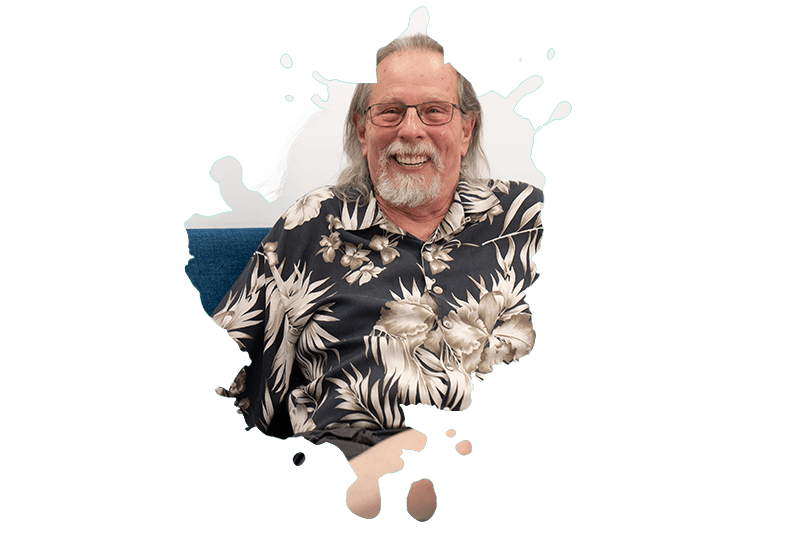
During your consultation, we’ll take advanced digital images, evaluate your oral and overall health, and discuss your smile goals. This helps our oral surgeon, Dr. Ryan Hambleton, create a customized full-arch dental implant treatment plan to restore your entire smile!
Using the All-on-4 full-mouth dental implant technique, Dr. Hambleton will strategically place four dental implants into your jawbone to support an entire arch of fixed, lifelike teeth—all in a single appointment! You’ll leave our Highlands Ranch, CO, office the same day with a secure, functional temporary smile already in place.
Dr. Hambleton will closely monitor your healing through follow-up visits to ensure your full-arch dental implants integrate properly and your oral health remains on track. Any adjustments needed for comfort or function will be made along the way.
Once healing is complete, we replace your temporary prosthesis with your final, custom-crafted full-mouth dental implant restoration! These permanent teeth are built for long-term strength, custom aesthetics, and the confidence to eat, speak, and smile naturally.
We understand that the cost of full-mouth dental implants is a significant factor when planning your care. We’ve partnered with trusted third-party financing providers to offer flexible, competitive payment options.
Our goal is to make transformative, long-lasting dental solutions more accessible and manageable for every budget.
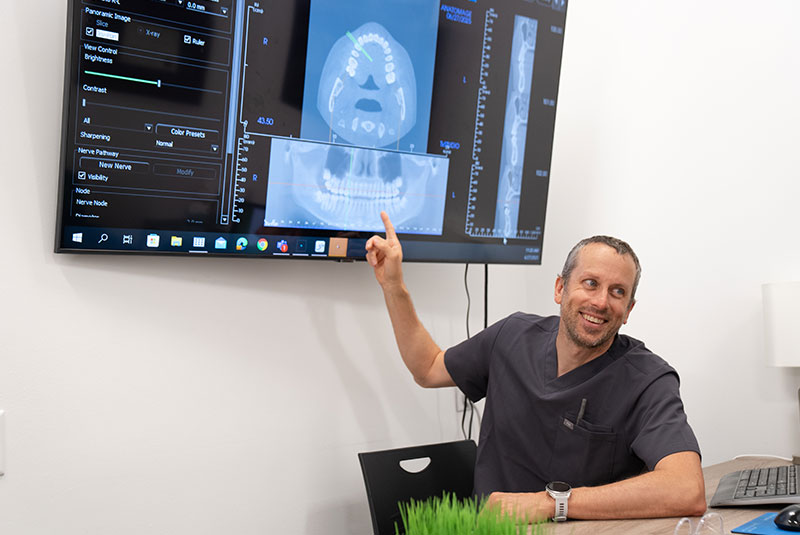
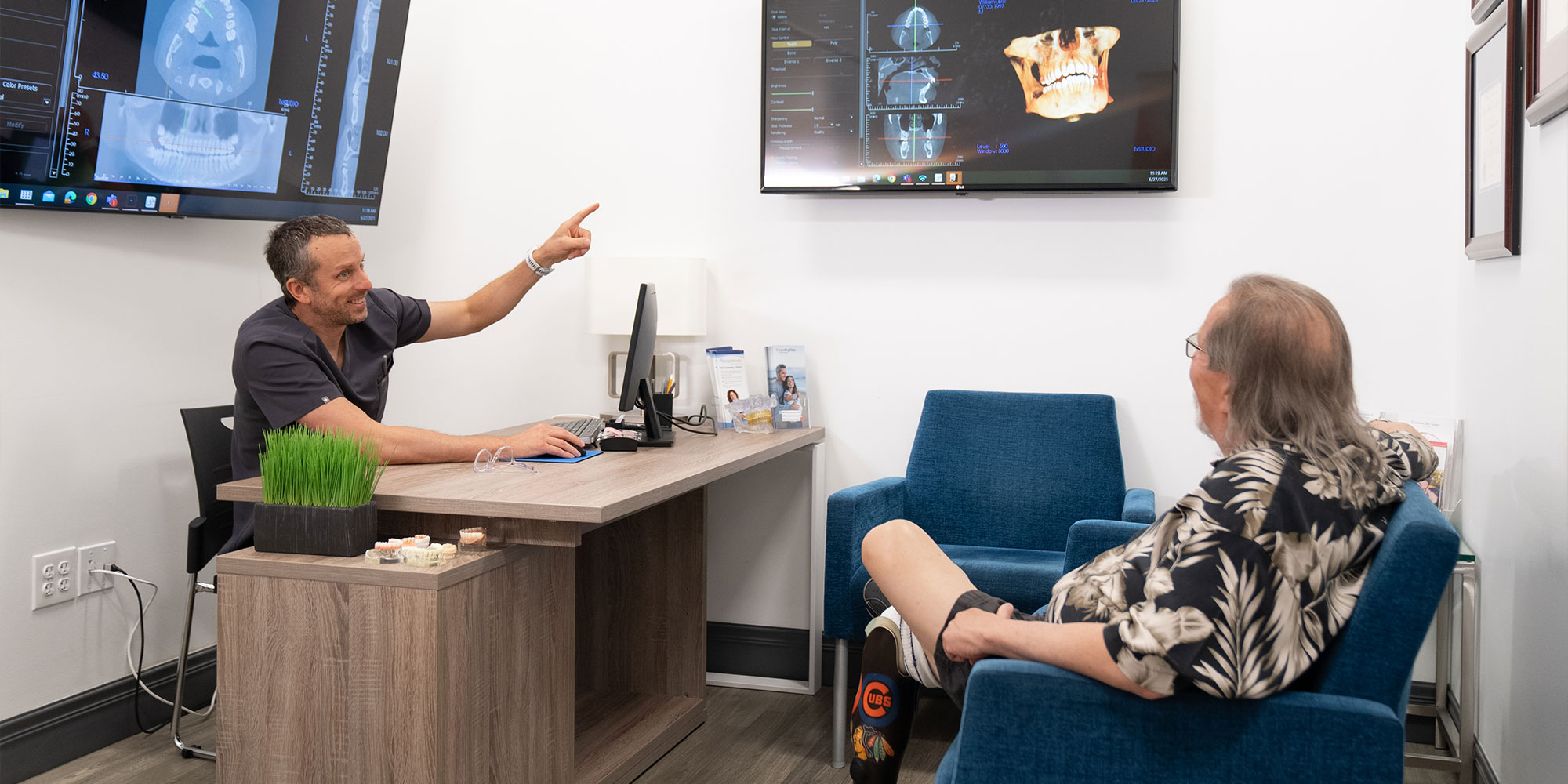
As an oral surgeon, Dr. Hambleton and our team are equipped to handle every phase of implant care, from tooth extractions to bone grafting and advanced full-mouth dental implant placement. We use the latest imaging technology and surgical expertise to ensure optimal outcomes even in complex cases.
We’re committed to helping you enjoy improved comfort, confidence, and quality of life with an implant-restored smile. Your smile deserves a second chance.
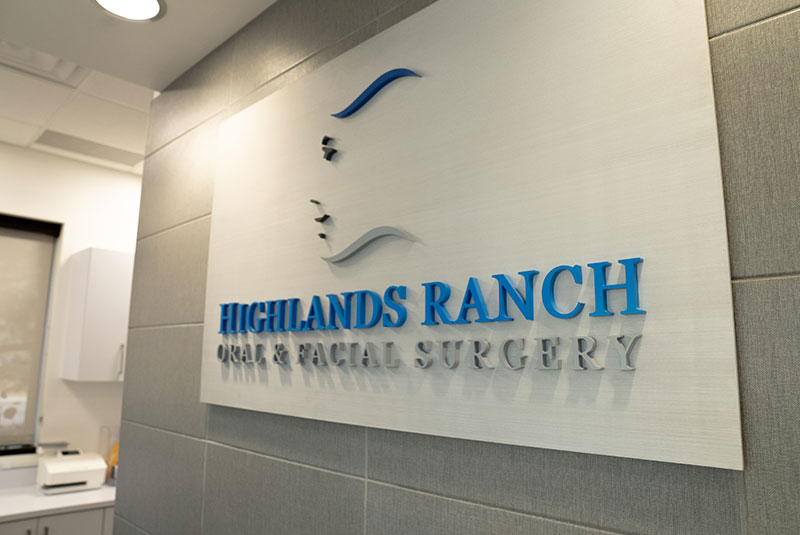
I understand the information disclosed in this form may be subject to re-disclosure and may no longer be protected by HIPAA privacy regulations and the HITECH Act.

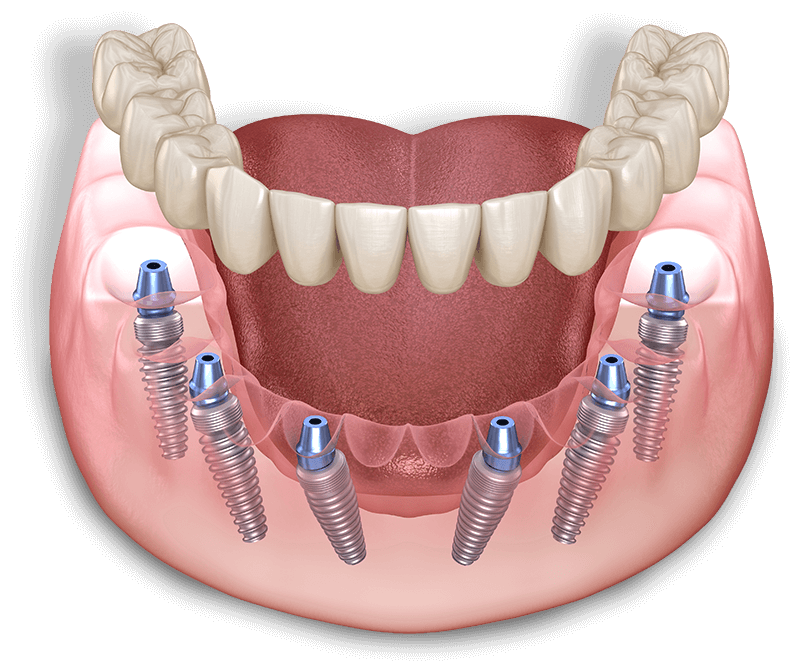


Private Policy © All rights reserved